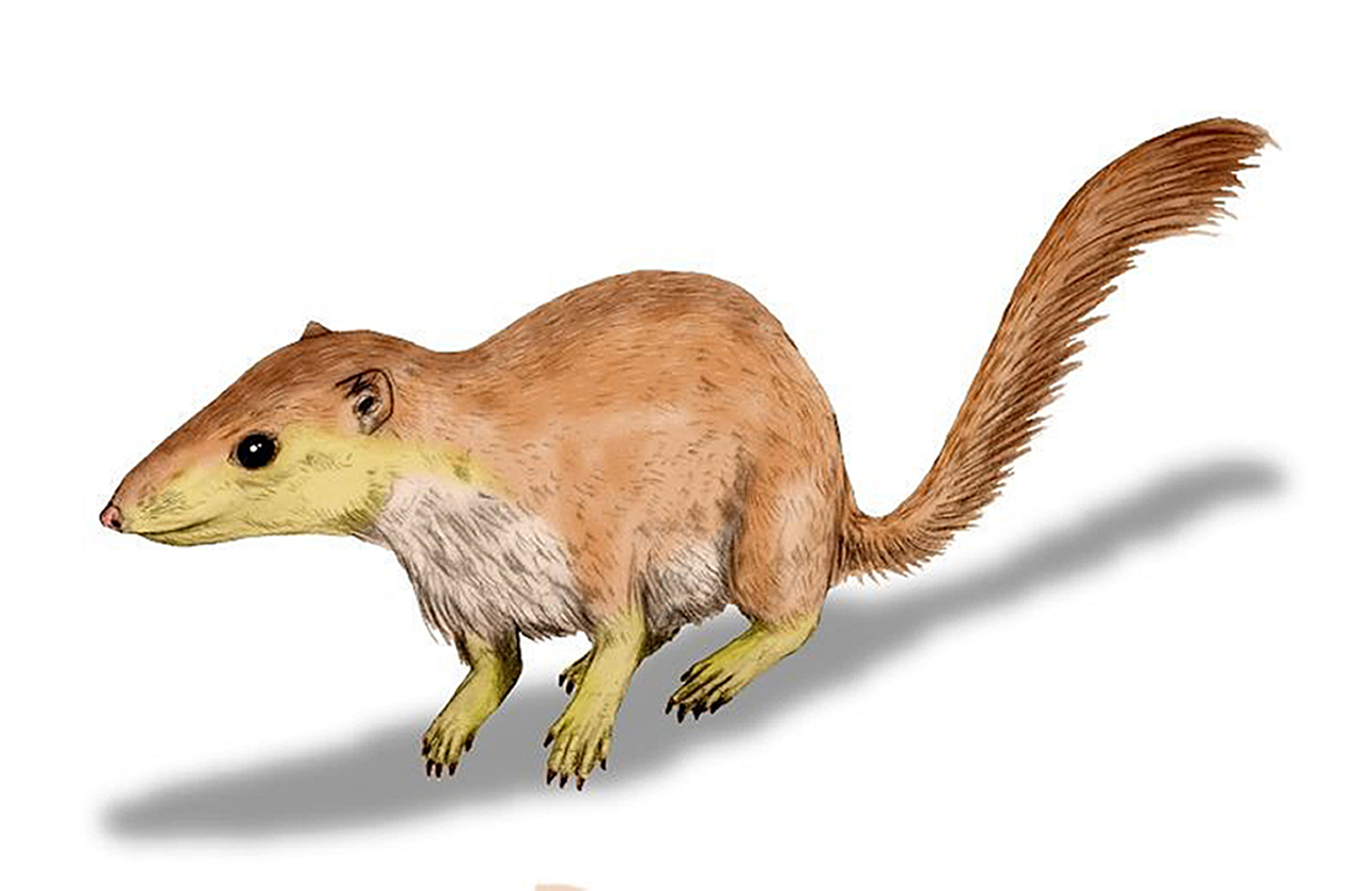
MAMMALS began to diversify earlier than thought and up to 10 to 20 millions years before the extinction of the dinosaurs, according to new research.
The study, published in Proceedings Of The Royal Society B, questioned the idea that dinosaurs dominated their prehistoric environment, while tiny mammals took a back seat, until the dinosaurs – besides birds – became extinct 66 million years ago.
Elis Newham, from the University of Southampton, a PhD student in engineering and the environment and co-author of the study, said: “The traditional view is that mammals were suppressed during the ‘age of the dinosaurs’ and underwent a rapid diversification immediately following the extinction of the dinosaurs.
“However, our findings were that therian mammals – the ancestors of most modern mammals – were already diversifying considerably before the extinction event and the event also had a considerably negative impact on mammal diversity.”
The old hypothesis hinged upon the fact that many of the early mammal fossils that had been found were from small, insect-eating animals without much diversity.
However, over the years, more and more early mammals have been found, including some hoofed animal predecessors the size of dogs.
The animals’ teeth varied too.
The study looked at the molars of hundreds of early mammal specimens in museum fossil collections. It was found that the mammals which lived during the years leading up to the dinosaurs’ demise had widely varied tooth shapes, meaning that they had widely varied diets.
The researchers believe these different diets mean that early mammals were hit by a selective extinction at the same time that the dinosaurs died out because generalists that could live off a wide variety of foods seemed more apt to survive while many mammals with specialised diets became extinct.
Lead author David Grossnickle, a field museum fellow and PhD candidate at the University of Chicago, said: “I fully expected to see more diverse mammals immediately after the extinction. I wasn’t expecting to see any sort of drop. It didn’t match the traditional view that, after the extinction, mammals hit the ground running. It’s part of the reason why I went back to study it further – it seemed wrong.”
The reason behind the mammals’ pre-extinction diversification remains a mystery.
Mr Grossnickle suggested a possible link between the rise of mammals and the rise of flowering plants, which diversified around the same time.
He said: “We can’t know for sure, but flowering plants might have offered new seeds and fruits for the mammals. And, if the plants co-evolved with new insects to pollinate them, the insects could have also been a food source for early mammals.”
He added that the study might be relevant considering the mass extinction currently being experienced.
He said: “The types of survivors that made it across the mass extinction 66 million years ago, mostly generalists, might be indicative of what will survive in the next hundred years, the next thousand.”
READ MORE
Scientists are investigating what makes baby animals so cute

Enjoy the convenience of having The Sunday Post delivered as a digital ePaper straight to your smartphone, tablet or computer.
Subscribe for only £5.49 a month and enjoy all the benefits of the printed paper as a digital replica.
Subscribe